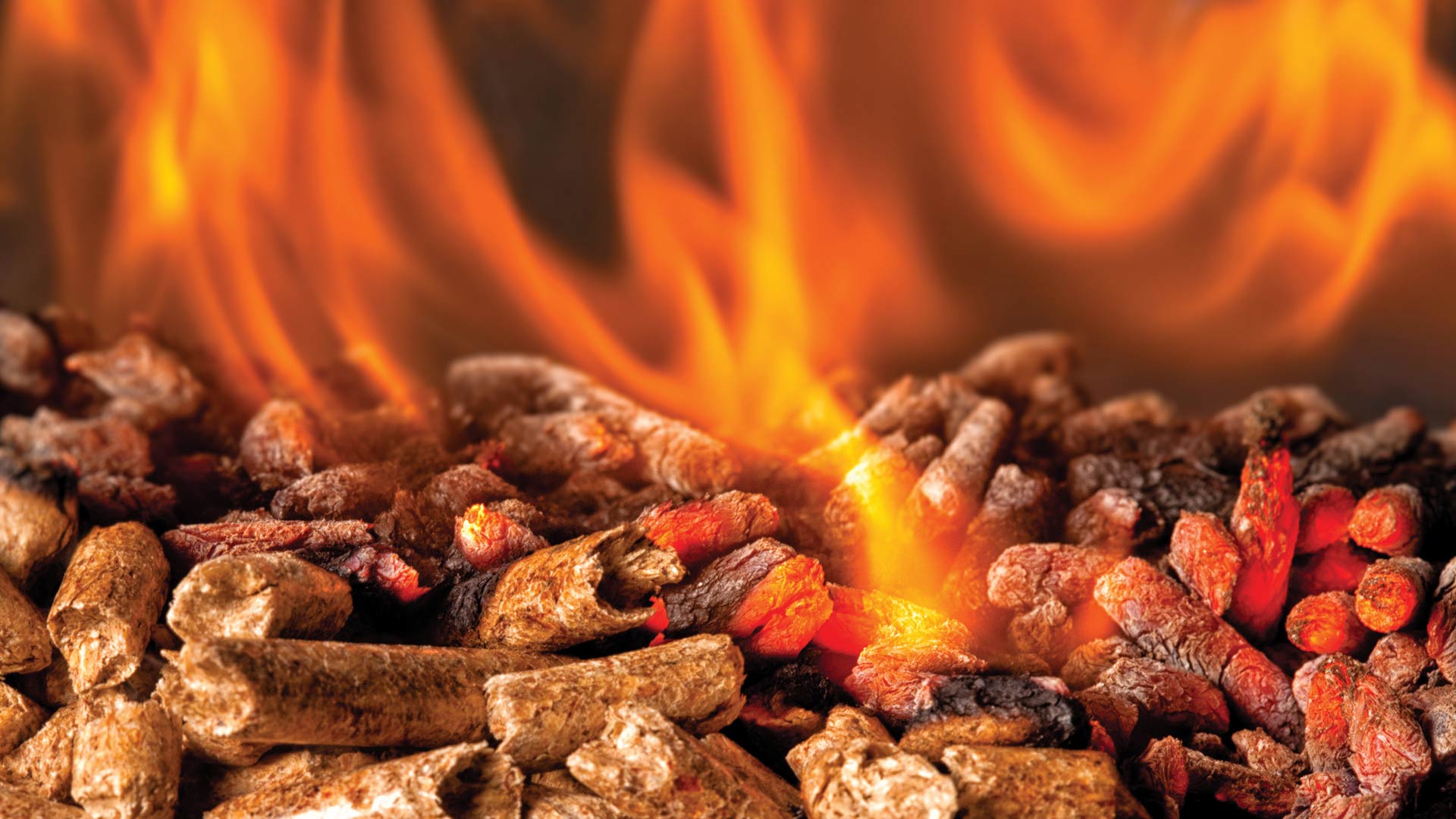Mankato based Attis Innovations Research and Development Team is leading the charge in developing renewable energy from plant-based materials and agricultural byproducts. One of the processes that Attis is cultivating, in cooperation with the Natural Research and Resource Institute (NRRI) at the University of Minnesota-Duluth, is a pelleting polymer from the pre-treatment of wood prior to producing cellulosic ethanol.
The Agricultural Utilization Research Institute (AURI) assisted Attis with the development of this new Polymer called ONYX as a pelleting aid. The goal was to improve pelleting efficiency by generating greater volume, while using less horsepower during the pelleting process. This low-cost additive improves BTU values, greatly improves water resistance and provides for several additional processing advantages. It also provides increased potential for applications involving plastics, composites, carbon fiber coatings and binders. Due to the unique characteristics of the ONYX polymer, Attis, NRRI and AURI evaluated the polymer as a potential solution to improve pelleting efficiency for wood pellets and other ag based materials that are hard to densify.
One of the key services AURI provided via the AURI Coproduct Pilot Lab was the ability to conduct densification trials using a 60-horsepower pellet mill. The goal of these trials was to identify the optimum preprocessing that various materials require, the appropriate pellet die size to utilize, the appropriate steam conditioning needed, final pellet quality, as well as pellet durability and density. The ONYX polymer was evaluated to identify the potential improvement in pelleting efficiency.
The ONYX polymer is produced as a coproduct from a novel third generation biorefinery technology which provides economic viability for cellulosic biofuels. In the past, previous cellulosic biofuels technologies had serious limitations and problems both economically and technically. Attis has changed this dynamic by providing an economically viable process technology that proves the viability of cellulosic ethanol and valued coproducts.
Attis Innovations is in the process of engineering, with the intent to build, multiple plants in the United States and abroad. Attis has met with various groups in Minnesota looking to build a facility to provide both cellulosic ethanol, biopolymers and binders as well as various biochemicals. Attis has also partnered with Lignetics, the largest wood pellet production and sales company in the United States to integrate the Attis binder into production.
AURI’s research with this Attis polymer has indicated that these new high performance energy pellets provide both improved characteristics and greater energy concentrations. Pelletizing is the process of compressing or molding a material into the shape of a pellet or sphere. Pelleting improves the density and effective performance of a livestock feed or wood pellet fuel. There is significant interest in burning biomass pellets for energy that contain waterproof characteristics created by mixing wood and agricultural fibers with the ONYX polymer while delivering a higher energy content. The continued partnership between AURI and NRRI seeks to explore “green bio-coal” with higher loadings of the Attis biopolymer binder. Coal typically is around 10,000 BTU per pound while wood and agricultural fibers have a lower BTU per pound rating of approximately 8,000 BTU. With the Attis binder having a BTU rating of higher than 11,000 BTU per pound, a high loading of Attis binder with various wood or agricultural fiber material could lead to a new generation of carbon neutral bio-coal.
AURI continues to see new developments and ideas in pelleting aids which in the long run will help to increase process efficiency and advance the quality of the end product. Support projects in this area continue to improve producer profitability. Currently Attis Innovations is working with various large manufactures to integrate this new biopolymer within their products and processes.
AURI is available for hands on testing and development of various products at the Coproducts Utilization Laboratory. To learn more about the work AURI does with Coproducts, visit the AURI website under Coproducts facilities and resources.
